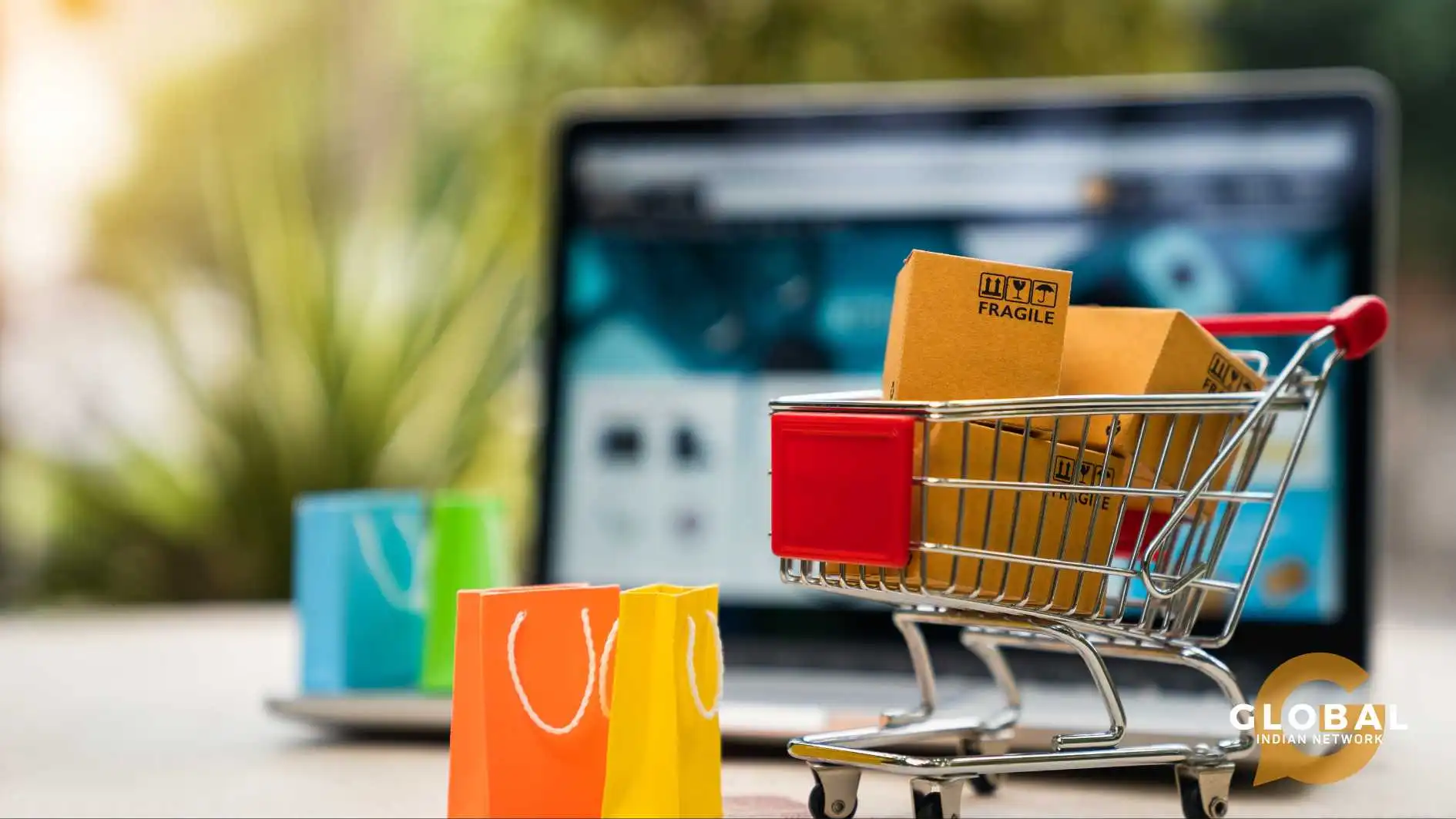The brick and click business model refers to a hybrid approach that combines both traditional physical stores (bricks) and online platforms (clicks). This model aims to provide customers with a seamless shopping experience, offering them the convenience of browsing and purchasing both in-store and online. Over the years, the shift toward e-commerce has disrupted traditional retail, but many businesses have found success by integrating both physical and digital strategies. Read along to learn the features of brick and click business.
Table of Contents
Understanding the Key Features of Brick and Click Business
To understand why the features of brick and click business are crucial, it’s important to break down the components of this model:
Integration of Physical and Online Stores: The primary feature of a brick and click business is the integration of a physical retail presence with an online store. This combination enables customers to choose the shopping method that suits them best, whether they prefer visiting a store or shopping from home. This hybrid approach provides a broader reach, ensuring businesses can connect with customers across various platforms.
Multichannel Sales Strategy: One of the key features of brick and click business is a multichannel sales strategy. Retailers use both physical stores and e-commerce platforms to increase sales opportunities. This strategy allows businesses to reach a wider audience by tapping into the growing online market while still catering to customers who value the traditional shopping experience.
Customer Experience Across Platforms: A significant advantage of a brick and click business model is the ability to create a consistent customer experience across both physical and digital platforms. Customers expect to have a uniform experience whether they shop online or in-store. Retailers must ensure that their branding, customer service, and product offerings are consistent across all touchpoints to meet consumer expectations.
Inventory Management and Distribution Flexibility: Effective inventory management is crucial for any brick and click business. By integrating physical and online inventories, businesses can provide real-time product availability updates and offer flexible delivery or pickup options. This reduces stockouts and ensures that customers can easily find and purchase products.

Seamless Payment Options: Offering various payment methods, including credit cards, digital wallets, and payment apps, is one of the important features of brick and click business. This ensures that customers can complete transactions effortlessly, regardless of the platform they are using. By integrating multiple payment systems, businesses can enhance convenience and improve the customer experience.
Click and Collect Services: Many brick and click businesses offer “click and collect” services, where customers can buy products online and pick them up in-store. This service provides added convenience and allows businesses to drive foot traffic to their physical locations while customers enjoy faster service and reduced shipping costs.
Why the Features of Brick and Click Business Are Crucial for Modern Retail
The brick and click business model plays a crucial role in modern retail by bridging the gap between traditional and digital shopping experiences. The integration of physical and online platforms provides a flexible and adaptable solution for retailers, meeting the evolving demands of today’s consumers. Let’s explore why the features of this business model are vital for success in the ever-changing retail landscape.
Benefits of the Features of Brick and Click Business to Retailers
Enhanced Customer Reach and Engagement: By offering both online and in-store shopping options, brick and click businesses can attract a broader range of customers. Some consumers prefer the tactile experience of shopping in-store, while others prefer the convenience and speed of online shopping. This approach allows retailers to meet both needs, offering a more extensive customer base. Additionally, it provides a way to capture customers at different stages of their shopping journey, whether they are browsing online and visiting stores for specific items or shopping in-store and ordering items online.
Increased Sales and Revenue: The multichannel approach directly contributes to sales growth by capitalizing on different shopping behaviors. Online platforms help boost sales during off-peak store hours, while in-store shopping can increase impulse buys. The integration of both sales channels maximizes revenue potential and allows businesses to drive traffic to their physical locations while offering customers the convenience of online shopping.
Data Collection and Personalization: One of the major benefits of combining physical and digital platforms is the ability to collect valuable customer data from multiple touchpoints. This data provides insights into customer preferences, buying habits, and behaviors, which retailers can use to personalize marketing efforts and enhance the shopping experience. Personalization helps build customer loyalty, as consumers appreciate tailored recommendations and promotions that suit their individual tastes.
Improved Brand Loyalty: Consistency in customer experience across both channels builds trust and fosters brand loyalty. Whether a customer is interacting with a business online or in-person, they expect to receive the same level of service, product quality, and brand messaging. A seamless experience leads to increased customer satisfaction, which directly impacts repeat business and long-term loyalty.
Operational Efficiency: The ability to manage inventory effectively is a major advantage for brick and click businesses. Real-time inventory updates across platforms help prevent stockouts and streamline supply chain management. Retailers can use their physical stores as fulfillment centers, allowing them to fulfill online orders locally. This reduces delivery times and shipping costs, leading to a better overall customer experience.

Challenges in Implementing the Features of Brick and Click Business
Despite the benefits, integrating brick and click operations comes with its own set of challenges:
Complex Inventory Management: Managing inventory across both physical and online stores requires sophisticated systems to ensure that stock levels are accurately tracked and updated in real-time. This can be difficult to manage, particularly for businesses that operate across multiple locations or have large product catalogs.
Consistency Across Platforms: Maintaining a consistent customer experience across physical and digital platforms can be challenging, especially when it comes to ensuring that product availability, prices, and promotions are the same across both channels. Any discrepancies may result in customer frustration and erode trust in the brand.
Technology Integration: The integration of various systems, including e-commerce platforms, point-of-sale systems, and customer service tools, is essential for smooth operation. However, ensuring that all these systems work together efficiently can be technically challenging and costly for some businesses.
Cost of Infrastructure: Building and maintaining both an online presence and physical stores involves substantial investment. Businesses need to allocate resources for setting up and managing e-commerce websites, digital marketing efforts, warehouse facilities, and physical storefronts. Smaller retailers may find it financially challenging to adopt a full-scale brick and click model.
Future of Retail
The future of retail is increasingly leaning towards hybrid models that incorporate both brick-and-mortar stores and online channels. With the continued rise of e-commerce, the brick and click business model is likely to become even more prominent. Technological advancements such as augmented reality (AR), artificial intelligence (AI), and improved logistics will further enhance the brick and click experience, making it even more efficient and customer-centric. Retailers will need to stay innovative, embracing these technologies to remain competitive in a crowded market.
ALSO READ: The Impact of Business Environment and Ethics on Consumer Trust and Brand Loyalty
Conclusion
The features of brick and click business model are crucial for modern retail because they offer customers the flexibility to shop in a way that suits their preferences. By combining physical and online sales channels, retailers can increase reach, drive sales, and build loyalty while improving operational efficiency. However, implementing a successful brick and click strategy requires overcoming challenges such as inventory management, technology integration, and maintaining consistency across platforms. As the retail landscape continues to evolve, businesses that effectively combine both physical and digital strategies will be best positioned for long-term success.

FAQs
What is a brick and click business model?
A brick and click business model refers to a hybrid approach where retailers operate both physical stores (bricks) and online platforms (clicks). It provides customers the option to shop in-store or online, enhancing convenience and sales opportunities.
What are the key benefits of a brick and click business model?
The key benefits include increased customer reach, improved brand loyalty, better inventory management, and the ability to increase sales through multichannel sales strategies.
What challenges do retailers face in implementing brick and click models?
Challenges include complex inventory management, maintaining consistency across platforms, technology integration, and the cost of infrastructure and operations
How is the brick and click model shaping the future of retail?
The brick and click model is crucial for the future of retail as it allows businesses to meet evolving consumer expectations for convenience and personalized experiences, positioning them for success in an increasingly digital world.









